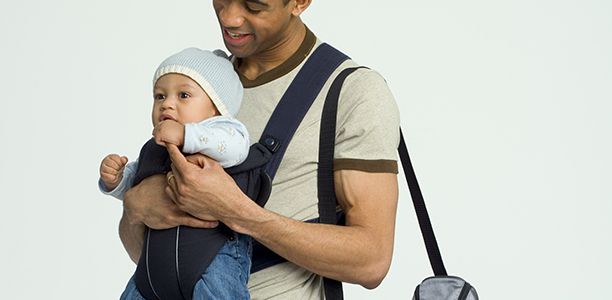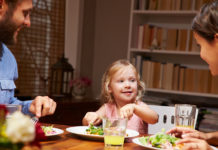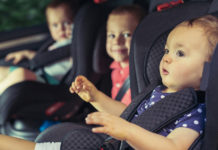With three deaths in Australia associated with baby slings and a new QUT study finding almost one in 20 infants have been injured or narrowly avoided injury in slings, researchers are working with the Office of Fair Trading Queensland to develop an education campaign to promote baby sling safety.
Dr Kirsten Vallmuur, from QUT’s Centre for Accident Research & Road Safety – Queensland (CARRS-Q), said since 2010 there had been three deaths in Australia as a result of suffocation in a baby sling and at least 14 deaths in the USA over the past two decades.
“Baby slings are a popular choice among parents, however they are unregulated and there is no Australian standard in place for them,” Dr Vallmuur said.
To better understand parents’ views of the risks and benefits of baby slings and how parents use them, CARRS-Q and the Office of Fair Trading surveyed almost 800 parents across Australia.
“We found there is a lot of information about baby slings though parents don’t always know which sources are credible and how to use slings safely,” she said.
“Of the 95% of parents surveyed who said they used or intended to use a baby sling, the majority considered it safe to use the sling from when the baby is a newborn.
“This is concerning because product safety experts don’t recommend baby slings for premature or low birth weight babies.”
Dr Vallmuur said there were risks with using baby slings with the main concern being babies placed in a C-like position which restricts their ability to breathe and could even cause suffocation.
She said the most common non-fatal injuries involved the baby slipping out of the sling and falling, the parent falling, and the baby being injured while being positioned or removed from the carrier.
“Although there are risks with using baby slings, if used safely and correctly, there are benefits such as ease of breastfeeding, forming attachments to the infant and also providing a practical, comfortable and convenient way of carrying the baby.”
Dr Vallmuur said the survey also found most parents purchased their baby slings online and 50% turned to the internet for advice on how to use them.
“The internet provides a wealth of information but many parents admitted they were uncertain about the credibility of the resources they were using and were looking for an authoritative body to inform them about safe baby sling use,” she said.
“This is why we are now developing an educational resource, a place where parents can go to better understand how to use baby slings safely.”
More information will be available on the Queensland Office of Fair Trading, Product Safety website as the work progresses (http://www.fairtrading.qld.gov.au/baby-slings.htm)
Simple steps for parents to keep their children safe in slings:
- Keep the child’s face and especially nose and mouth uncovered at all times;
- Avoid the child being curled into the ‘C’ position where the child’s chin touches the chest and blocks the airways;
- Show caution and seek medical advice for using baby sling carriers for premature infants, if they have a cold or a low birth weight
- Regularly checking the child to ensure the child has not slipped into the pouch (if the sling is a pouch type) covering the child’s nose and mouth;
- Reposition the child after breast feeding to keep the nose and mouth clear; and
- Acknowledge that some slings may be a safer option than others such as those that carry the child in the vertical position.
(Source: QUT)



 (2 votes, average: 4.50 out of 5)
(2 votes, average: 4.50 out of 5) 






